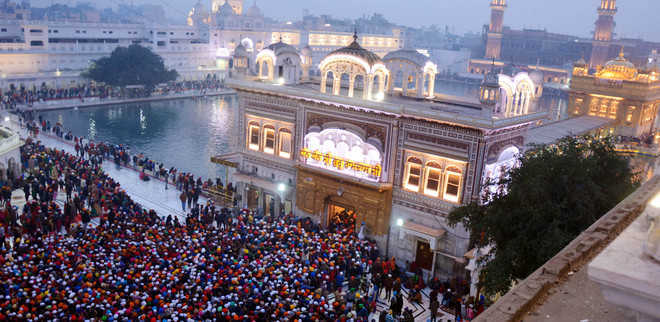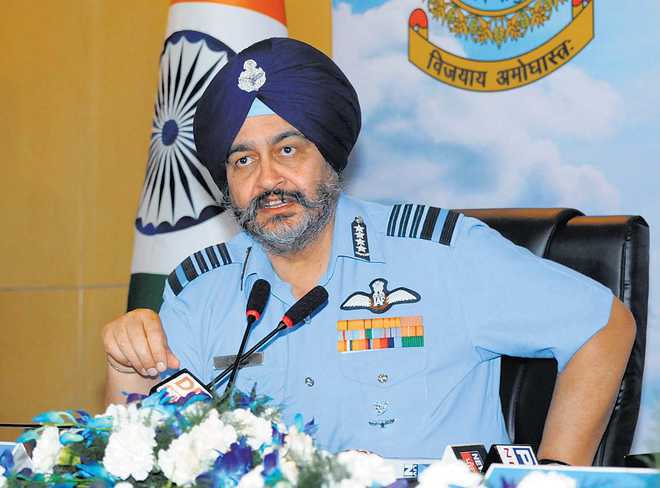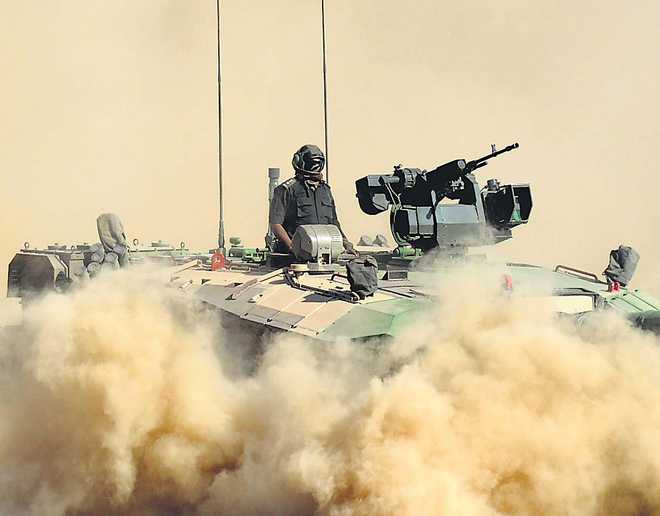Last week I was at Varanasi for the Kashi Manthan, a programme set up by a group of young, impassioned people with interest in military strategic affairs. I also helped to set it up by putting in a request to some of the finest speakers on the Indo-Pacific, Pakistan, Afghanistan, China and Maritime Security. The organisers led by Mayank Singh, assistant registrar of the Banaras Hindu University, functioning in a personal capacity, had set up the seminar in such a professional way that it could put quite a few in Delhi to shame.
There was a capacity audience although many may have come to hear some television personalities. Yet, it wasn’t the knowledge level but the interest level which was palpable.Ever since the advent of social media and the 24×7 news channels, interest levels in matters military and strategic have moved higher. But there are just a few who can join the dots of the past. Many are humble in their opinion that they are unaware of the details of some complex issues but there are many highly opinionated people who neither have any sense of history nor wish to acquire the same.
Although Delhi has a large number of think tanks with very frequent seminars, talk shows and related events the levels of knowledge are not particularly high. The problem is mostly related to the holding of extreme positions. Very rarely does one find people with the ability to argue both sides.
We have bemoaned the lack of a strategic culture in India, particularly the abysmal understanding on military strategic affairs. That is why public opinion on Jammu and Kashmir only relates to the robust aspects of operations and hardly the measures which bring stability and peace.
That senior military leaders examine every aspect of an issue does not occur to most. This is why even as we take strategic learning to centres well away from Delhi, the need for military officers, both serving and retired, to speak and guide the enthusiasts is a must. The inclusion adds greater flavour.
In a recent seminar at the Punjab University in Chandigarh, serving senior officers of the Army did not hesitate in answering difficult questions and being contrarian. The media did well to give extensive coverage to the event. Kashi Manthan made no pretensions; the best part was the sheer excitement on display that such an event had been organised at Varanasi, a city not normally associated with strategic affairs.
Being one of the speakers, I digressed from my area of focus to display a map of Asia and the Middle East and briefly explain to the audience the importance of getting the geography of our areas of interest into the mind’s eye. Most newspaper readers usually glance at the news. Even if they do read some ongoing issues of interest, the mind’s eye is unable to create a mental graphic. Without that mental graphic it is extremely difficult to understand strategic affairs.
I used the map to bring home why Pakistan was such an important state to the international community. Once you do that people find it so much simpler to understand the China Pakistan Economic Corridor (CPEC), the dependence of the US on Karachi port for its logistics supplies to maintain the force in Afghanistan and why Pakistan has such an obsession with the Arab world. It also explains China’s compulsions to keep India pegged to the Himalayan belt. I also focused on explaining why the map of India must not be just pulled out of the internet because most such maps show the incorrect representation of Jammy and Kashmir.
Kashi Manthan must actually give impetus for many more such manthans in different cities at universities and other institutions. The corporate world as part of its corporate social responsibility could be devoted towards development of Indian strategic culture. I would strongly urge the Indian Armed Forces to also examine how they can chip in with their knowledge.













 HT FILE
HT FILE
 HT PHOTP
HT PHOTP






























































